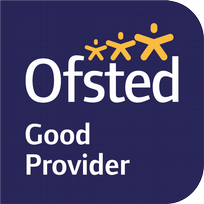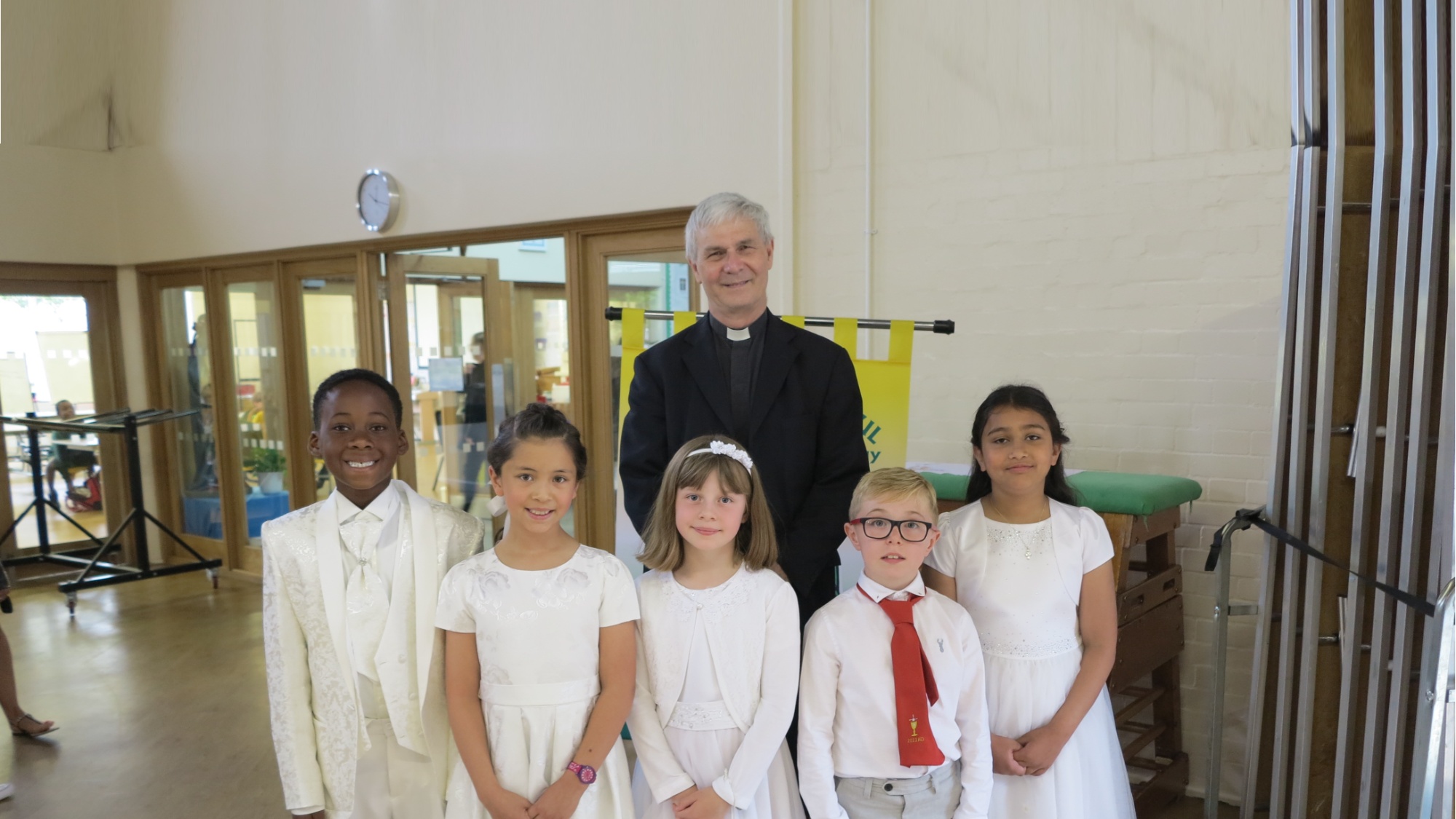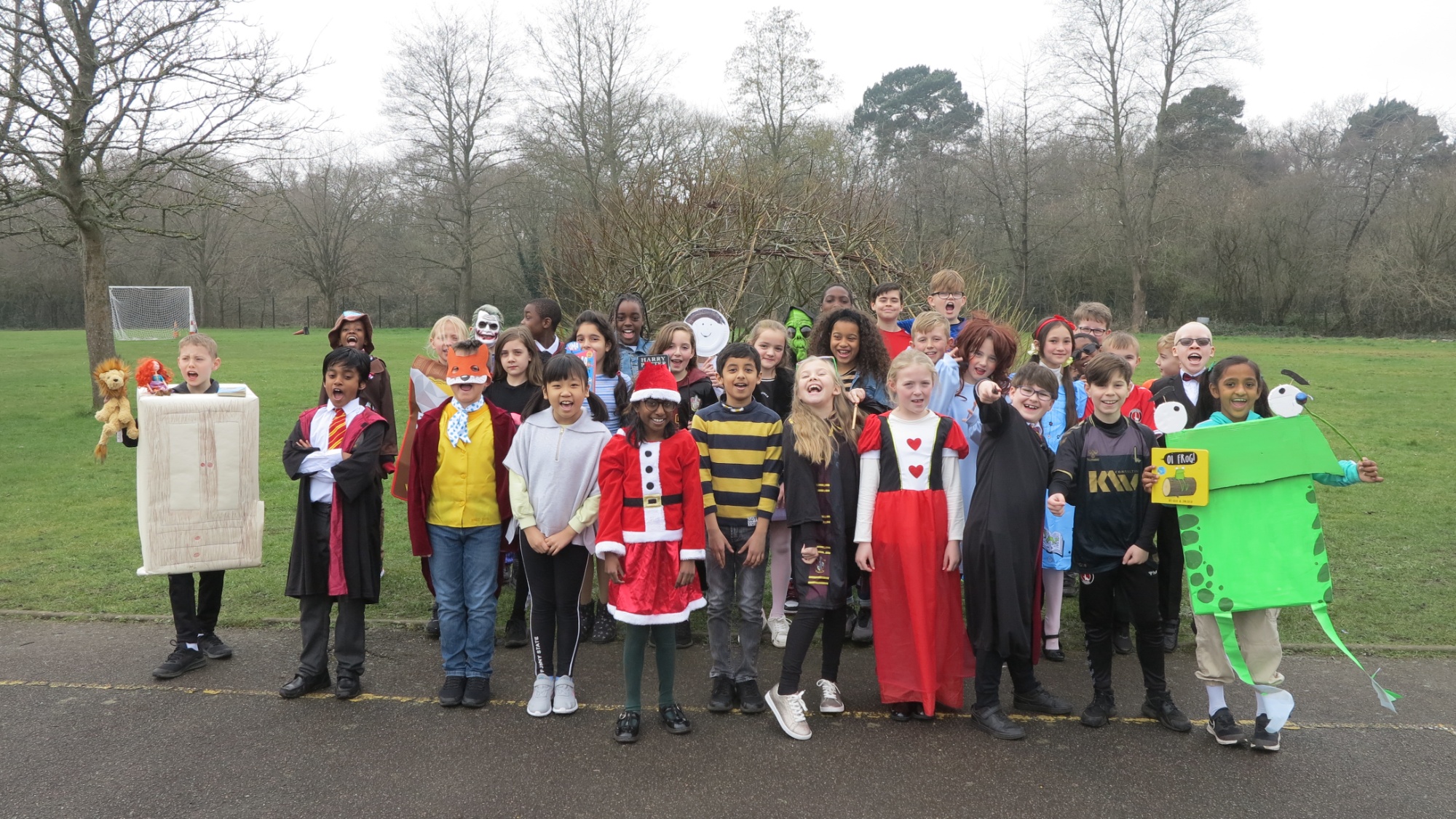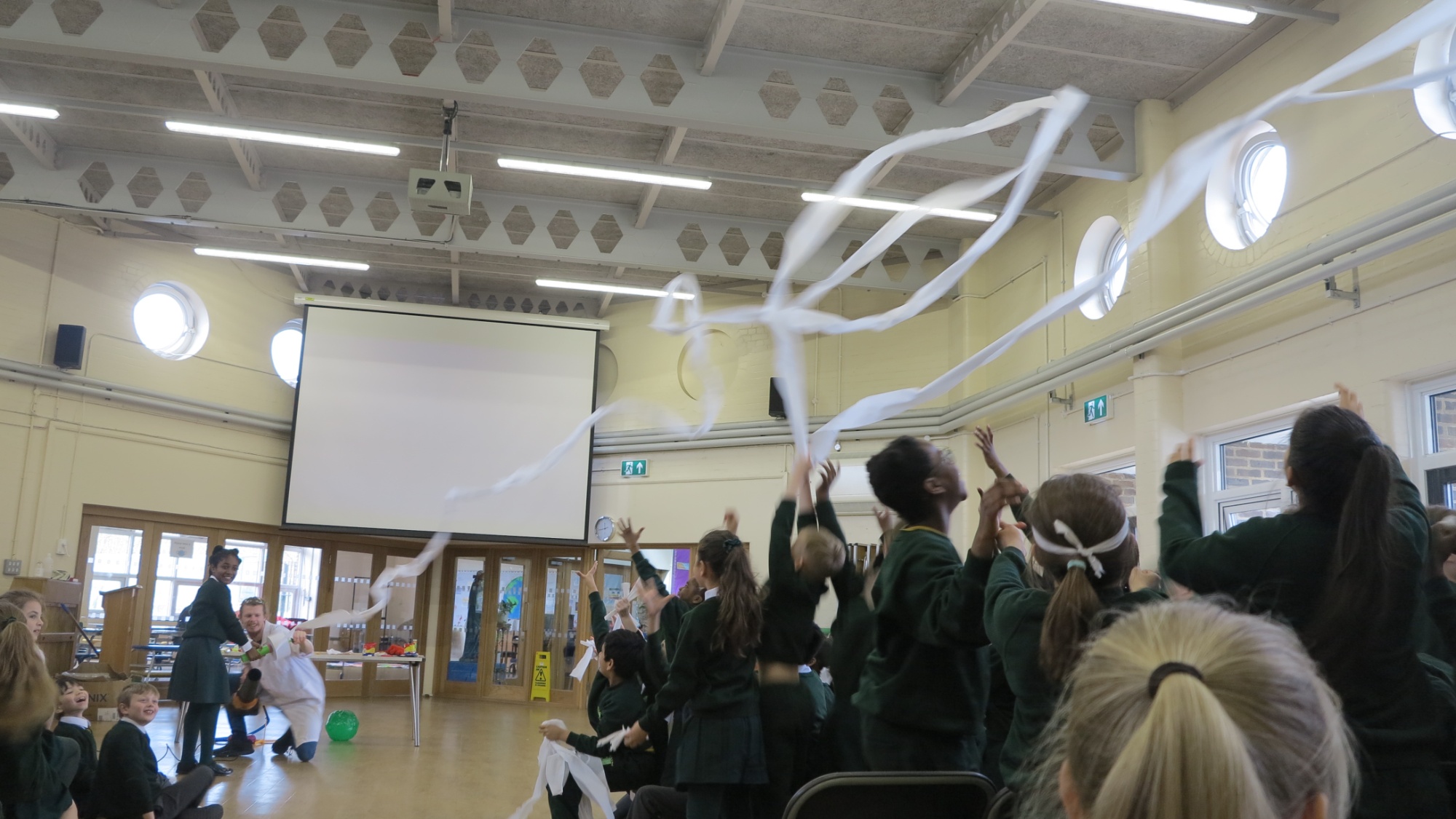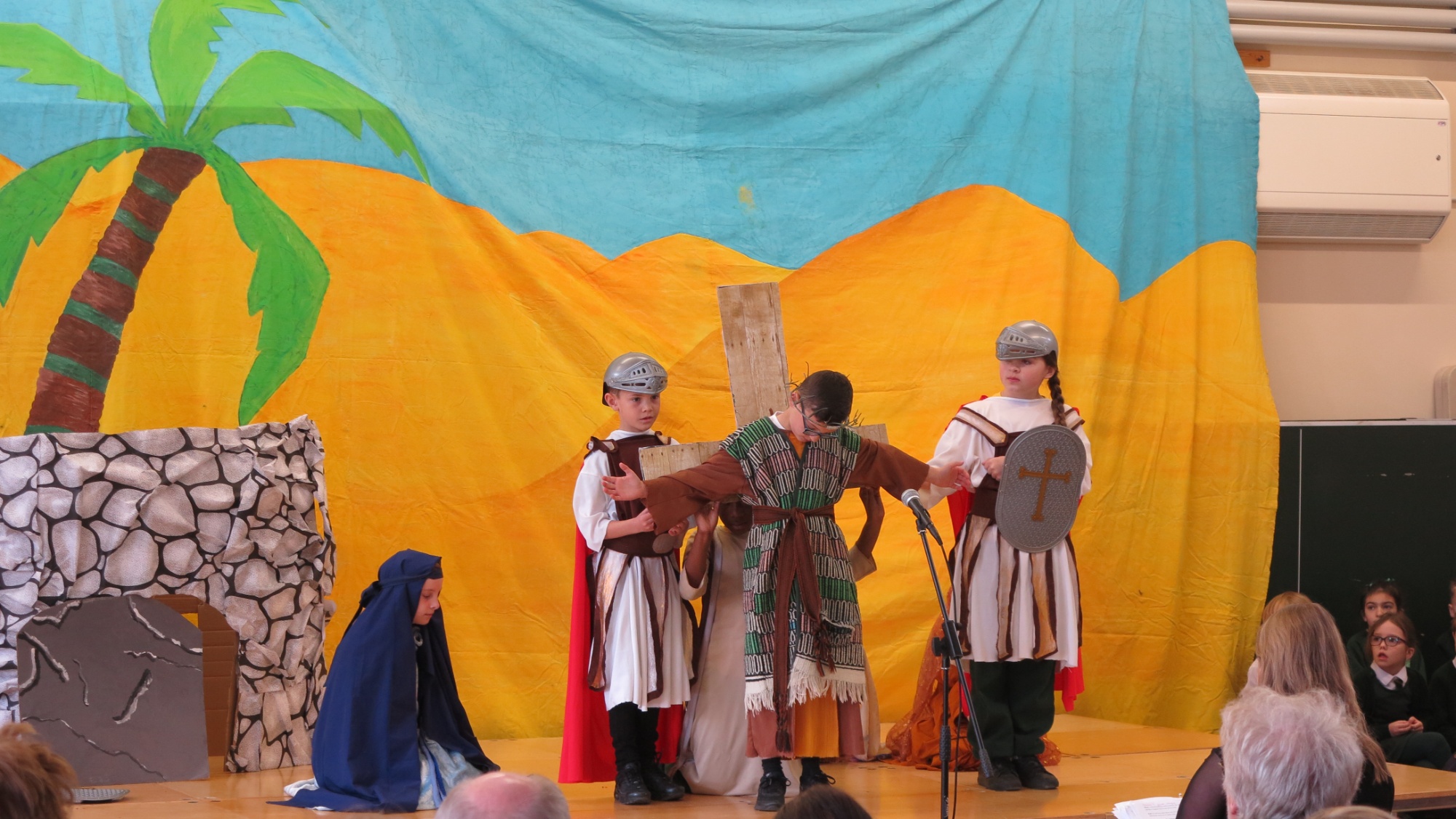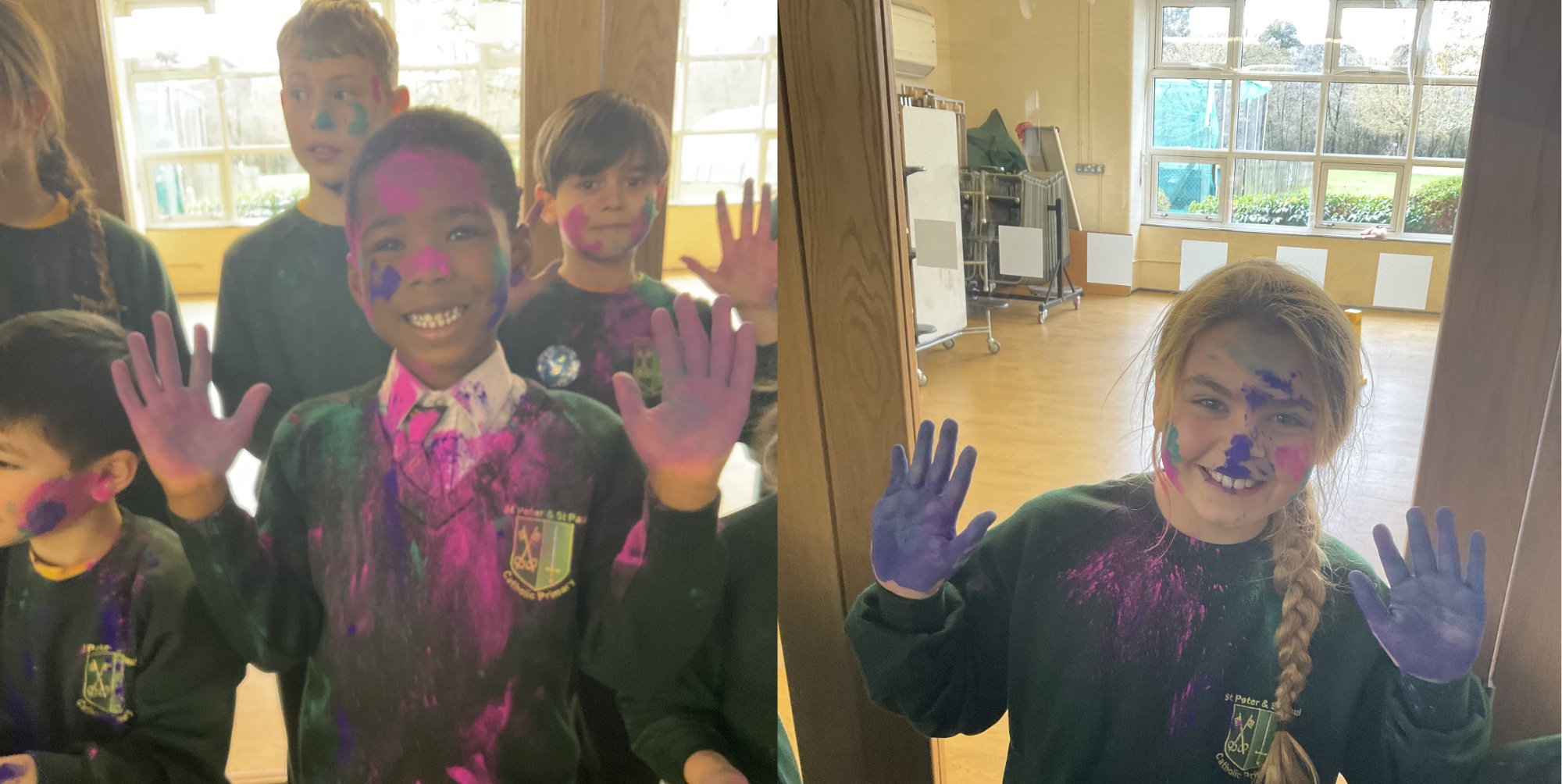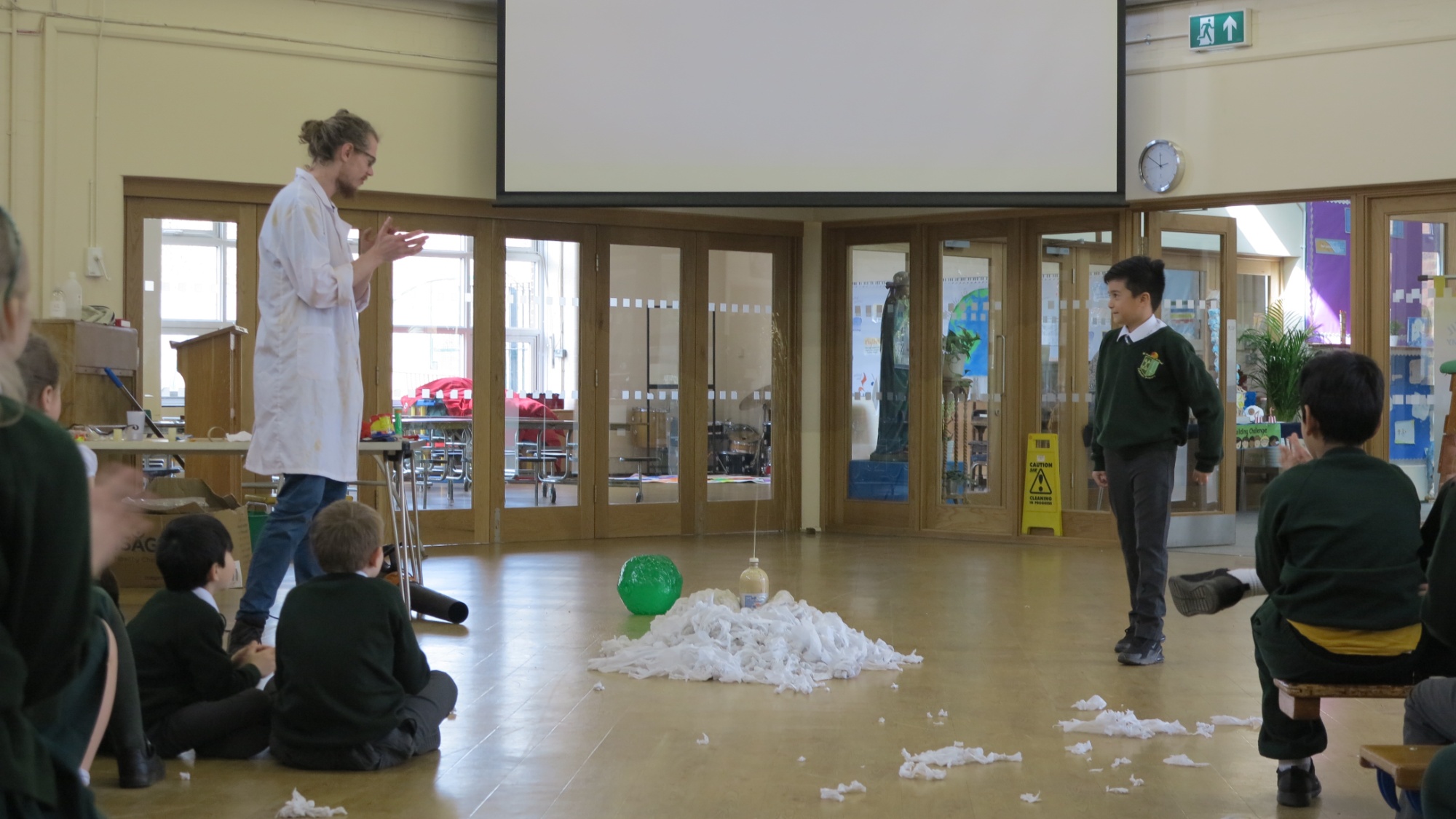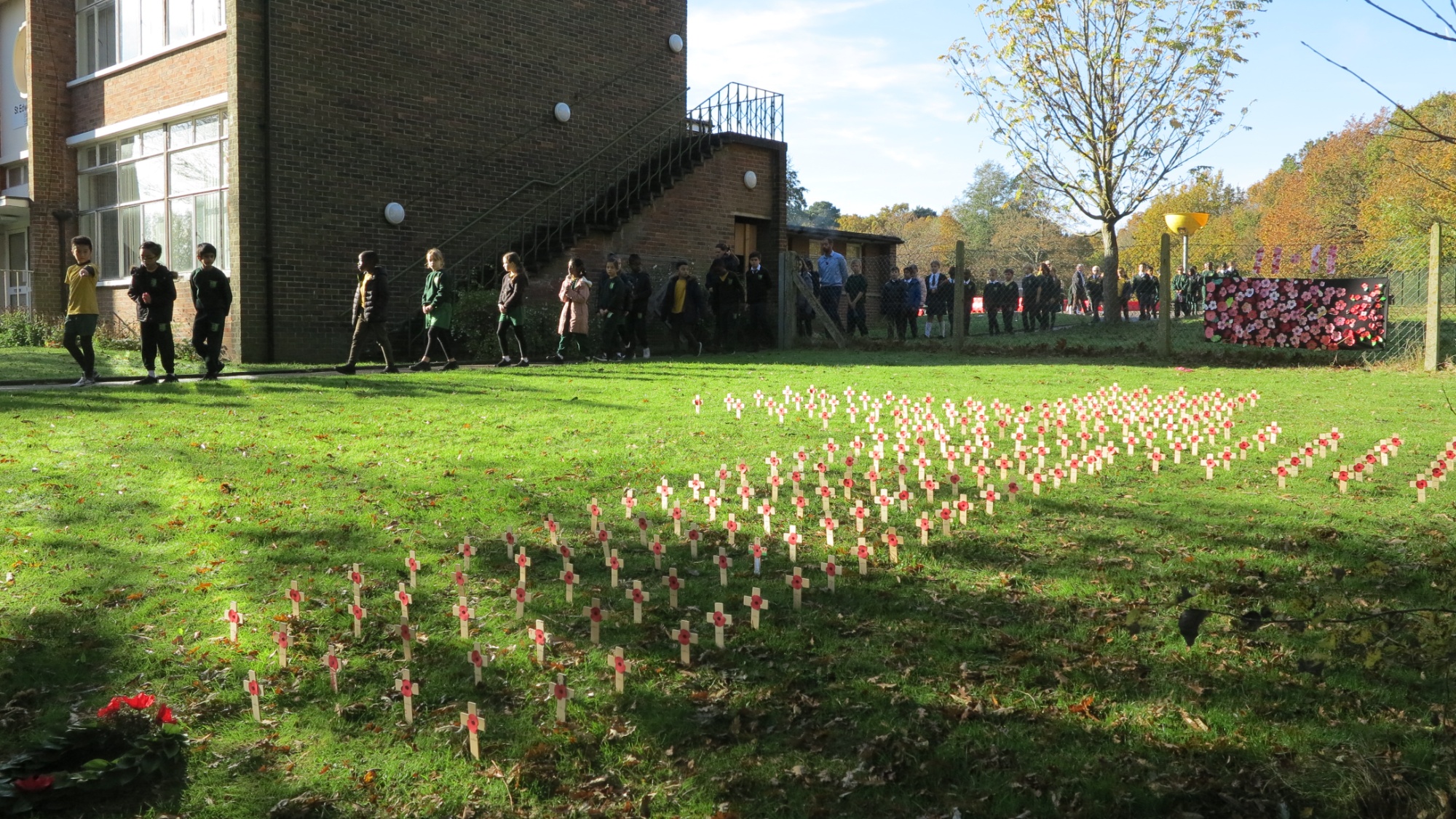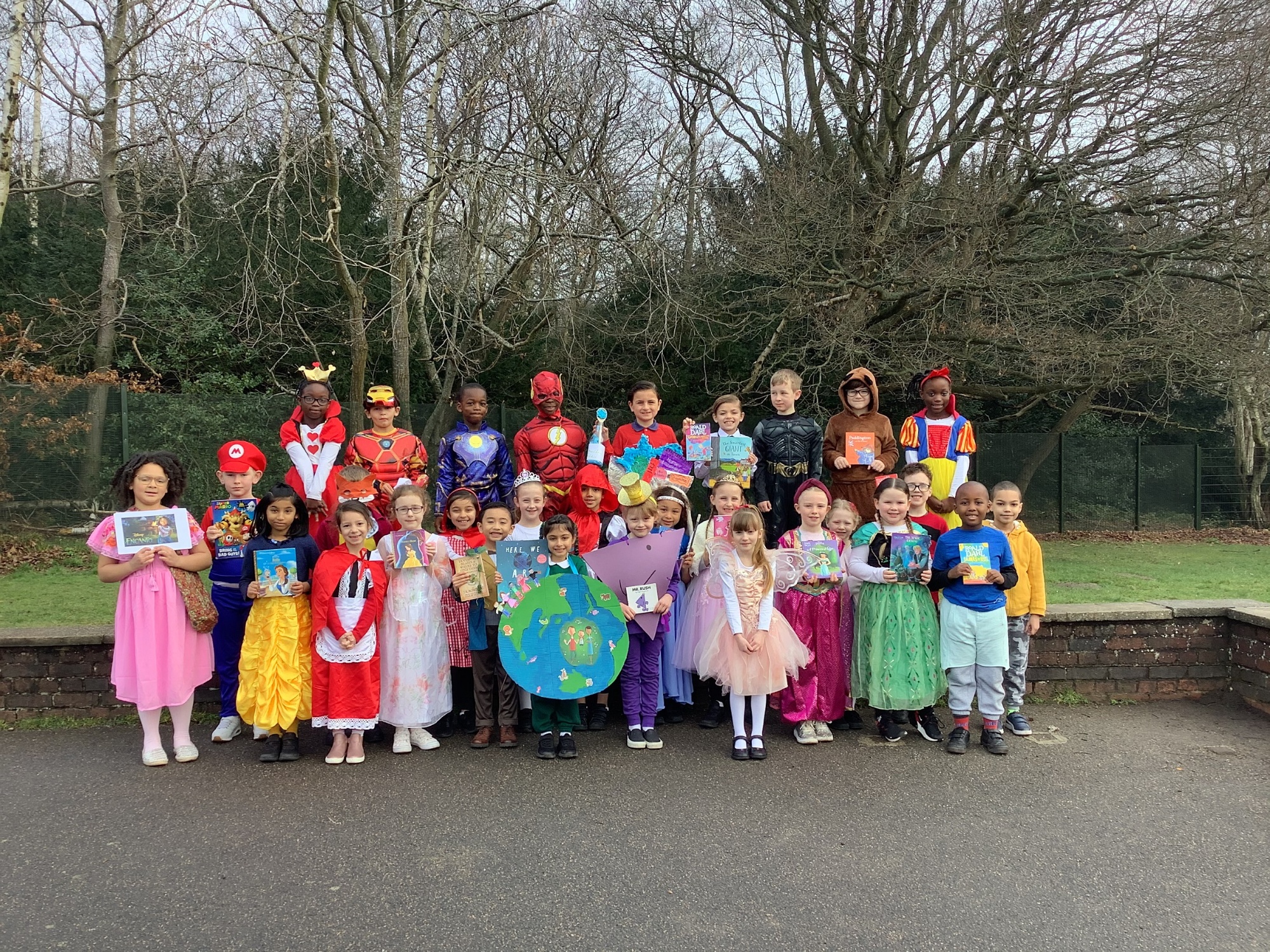Phonics at St Peter and St Paul Catholic Primary Academy
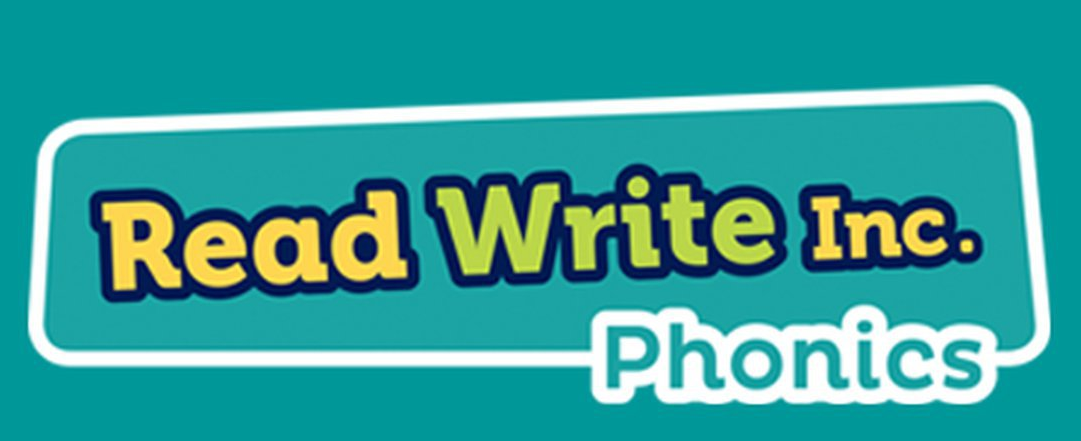
Read, Write, Inc. is the phonics programme which is used in St Peter and St Paul to support the route to good word recognition and recall.
Phonics is the process by which speech is written down. In English there are 44 speech sounds and all but four or five of the 44 sounds are pronounced consistently across all accents. English, with its 44 speech sounds, has insufficient letters for each sound, so groups of letters have been combined to write the extra 18. To make it even more difficult, some sounds are written down in more than one way. For example, the speech sound ‘f’ is spelt f, ff and ph.
Read Write Inc has five underlying principles – the 5 Ps.
Pace
Praise – a lot
Purpose
Participation
Passion
Intent
- To create an inclusive, inspired and challenging curriculum, which develops children’s knowledge of phonics, enabling them to become successful readers who develop a life-long love of reading.
- To ensure children in KS1 are given the best opportunity to achieve expected progress, or more, in reading.
Implementation
In our Academy, phonics is taught across EYFS and KS1 as well as in intervention sessions across KS2. In KS1 we do this using a bespoke RWI programme of study. This is a scheme, developed by Ruth Miskin, which provides a structured and systematic approach. It is used by more than a quarter of the UK's primary schools and is designed to create fluent readers, confident speakers and willing writers. We teach in this way because, research shows that, when phonics is taught in a structured way – starting with the easiest sounds and progressing through to the most complex – it is the most effective way of teaching young children to read. According to the DfE (Department for Eduction), ‘almost all children who receive good teaching of phonics, will learn the skills they need to tackle new words’. They can then go on to read any kind of text fluently and confidently, and to read for enjoyment.
In our Academy we realise the importance of Phonics as it provides children with the building blocks needed to become successful readers. They are taught how to recognise the sounds that each individual letter makes, identify the sounds that different combinations of letters make – such as ‘sh’ or ‘oo’ and then blend these sounds together from left to right to make a word. Children can then use this knowledge to ‘de-code’ new words they hear or see.
In KS1 we continue to develop children’s phonics knowledge through our bespoke RWI scheme. The children learn set 2 and 3 sounds, which enable them to read and write a range of words. Children learn different representations of a sound (‘graphemes’), for example ay, a-e, ai. This enables children to become more confident with not only their reading, but also spelling and develops skills which are transferrable to all areas of the curriculum. In Year 1 there is a greater emphasis on the reading of the sounds, whereas in Year 2 this progresses by using the graphemes more in spelling.
Across KS1, children have four phonics lessons a week which they enjoy. Each session is broken up into different parts including: revision of previous sounds taught, teaching of a new sound, reading words with the new sound and writing them.
Phonics is embedded across the curriculum and the children are encouraged to use phonics to support them in a range of topic work. Phonics are displayed in EYFS and KS1classrooms. The children are encouraged to use these to support their writing in all lessons across the curriculum.
Children in EYFS, Year 1 and 2 are assessed using the RWI assessments test 6-9 weeks. The test identifies the children's progress so far as well as their targets. In addition to this, children in Year 1 are also assessed using a phonics screening check just before the October and February half term. Regular assessment using the phonics screening test, alongside the RWI assessment test, enables us to stream children for phonics and RWI, ensuring the teaching they receive is tailored to the level they are at. The final Year 1 phonics test takes place in June. The check is designed to confirm whether individual children have learned sufficient phonic decoding and blending skills to an appropriate standard. The test consists of 40 words – it is a combination of 20 real words and 20 pseudo words (nonsense words) for the child to read 1:1 with their teacher. This is carried out by a member of staff who has undertaken the phonics testing training and who the children are familiar with. Children who do not pass this in Year 1 will be re-assessed in Year 2, in the same manner. The results of this are reported to parents in the summer.
WE invite parents to Phonics Master classes and training sessions, which support the parents in listening to their child read and encouraging their child’s development of phonics. Home-school readers are also phonics based; ensuring continuity and these are at the level of each individual child. Reading books are changed on a weekly basis.
Impact
- The result of phonics teaching at our Academy will be that children will have a secure knowledge of phonics, enabling them to become confident readers, making expected progress or more, with a life-long love of reading.
- Children will be able to apply their phonic knowledge to confidently spell many words either correctly or phonetically using the sounds they have learnt. They will know spelling alternatives for different sounds and be able to apply these consistently.

